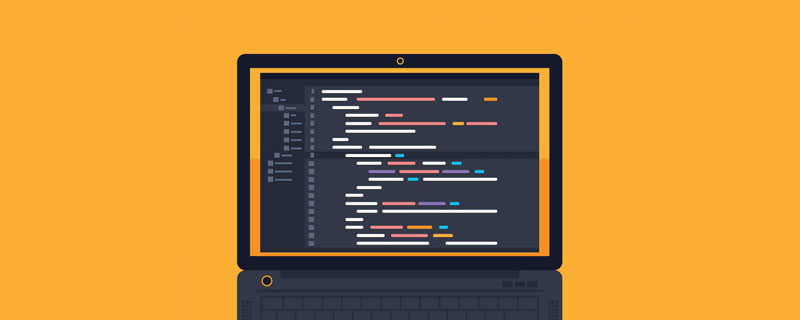Home >Web Front-end >Front-end Q&A >What does ajax mainly implement?
ajax mainly implements asynchronous transmission of data between the page and the web server. Ajax refers to a technology that can update part of the web page without reloading the entire web page.

The operating environment of this article: Windows7 system, javascript1.8.5, DELL G3 computer
What is the main implementation of ajax?
ajax mainly implements asynchronous transmission of data between the page and the web server.
Ajax stands for "Asynchronous Javascript And XML" (Asynchronous JavaScript and XML), which refers to a web development technology for creating interactive web applications. Ajax = Asynchronous JavaScript and XML or HTML (a subset of Standard Universal Markup Language). Ajax is a technology for creating fast, dynamic web pages.
Ajax is a technology that can update parts of a web page without reloading the entire web page. Ajax allows web pages to update asynchronously by exchanging a small amount of data with the server in the background. This means that parts of a web page can be updated without reloading the entire page. Traditional web pages (without Ajax) must reload the entire web page if content needs to be updated.
For a simple example, for a page that does not use Ajax, when the user initiates a request on the page, the entire page must be refreshed. The refresh speed depends on the processing speed of the server. During this process the user must wait and cannot perform other operations. That is the synchronization method. The client and server pass a lot of unnecessary data. Low efficiency and poor user experience. Pages using Ajax can achieve partial updates of the page instead of updating the entire page; and after initiating a request, the user can also perform other operations on the page. This is the asynchronous way. Only the required data is transferred between the client and the server, which is highly efficient and provides good user experience.
ajax is mainly used in developing websites. One obvious feature is partial refresh. That is to say, when you execute a small part of the web page, you don’t actually need to submit the entire web page. You only need to submit it. Partial information of the web page you changed.
Extended information:
1. Ajax development model:
Many important technologies and Ajax development models can be obtained from existing knowledge. For example, in an application that sends requests to the server, it must include request order, priority, timeout response, error handling, and callbacks. Many of these elements are already included in Web services. At the same time, as the technology matures, there will be many areas that need improvement, especially the ease of use of the UI.
Ajax development is very different from traditional B/S development. These differences introduce new programming problems, the biggest being ease of use. Since Ajax relies on the browser's JavaScript and XML, browser compatibility and supported standards become as important as JavaScript's runtime performance. Most of these problems arise from a combination of browsers, servers, and technologies, so it's important to understand how to best use these technologies.
Combining various changing technologies and strongly coupled client-server environments, Ajax proposes a new development method. Ajax developers must understand the traditional MVC architecture, which limits the boundaries between application layers. At the same time, developers also need to consider the outside of the B/S environment and use Ajax technology to reshape MVC boundaries. Most importantly, Ajax developers must stop thinking of Web applications in terms of collections of pages and need to think of them as individual pages. Once the scope between UI design and service architecture is strictly separated, developers need an updated and changing set of techniques.
2. Ajax advantages:
The biggest advantage of using Ajax is that it can maintain data without updating the entire page. This allows web applications to respond more quickly to user actions and avoids sending unchanged information over the network.
Ajax does not require any browser plug-ins, but requires the user to allow JavaScript to execute on the browser. Just like DHTML applications, Ajax applications must be rigorously tested on many different browsers and platforms. As Ajax matures, some program libraries that simplify the use of Ajax have also come out. Likewise, another assistive programming technology has emerged to provide alternative functionality for users who do not support JavaScript.
Recommended learning: "AJAX Video Tutorial"
The above is the detailed content of What does ajax mainly implement?. For more information, please follow other related articles on the PHP Chinese website!